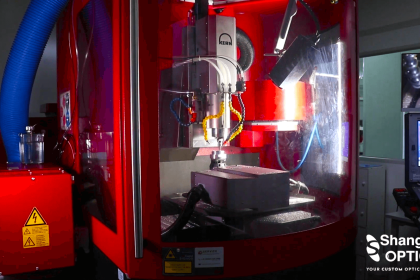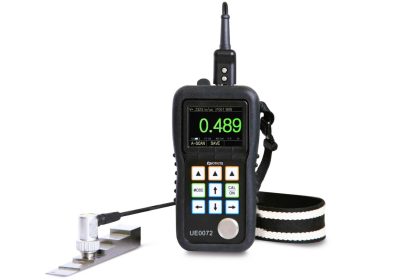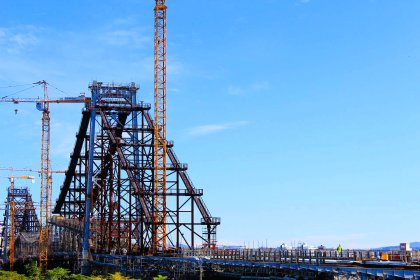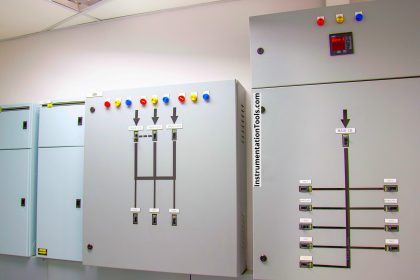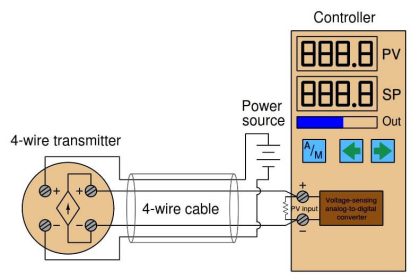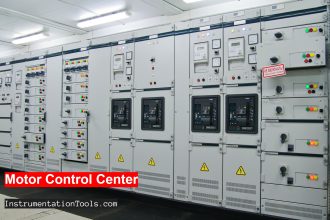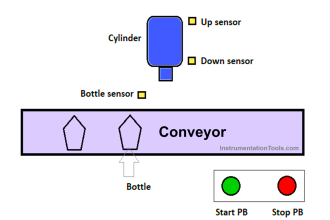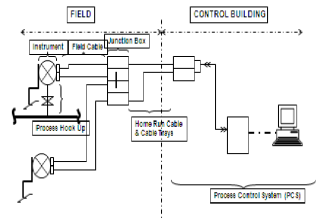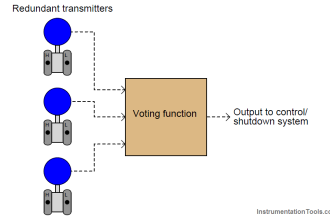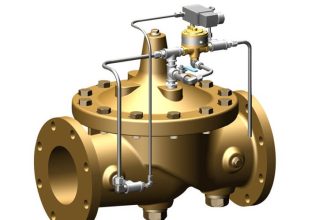Industrial manufacturing companies are often the first to benefit from technology. Thanks to artificial intelligence and robotics, things are moving way faster, machines and processes are more connected and automated than ever before. The push for efficiency is fantastic, but it brings a whole new set of challenges and potential hazards.
A fully automated working environment doesn’t guarantee 100% safety. However, you can lower the risks by establishing foolproof safety protocols and using advanced tools. Combining them allows you to enjoy multiple benefits while adopting a proactive approach to protecting your assets.
Industrial Safety Automation
Here you can find the common sensors related to Industrial Safety Automation:
- Safety Light Curtains
- Proximity Sensors (Inductive, Capacitive, Ultrasonic)
- Safety Laser Scanners
- Safety PLCs
- Emergency Stop Switches (E-Stops)
- Non-Contact Safety Switches (Magnetic, RFID)
- Safety Relays
- Pressure-Sensitive Safety Mats
- Safety Bumpers and Edge Strips
- Interlock Switches
- Area Scanners
- Limit Switches
- Safety Contact Strips
- Enabling Switches
- Lockout/Tagout Devices
- Thermal Sensors
- Gas Detection Sensors
- Smoke and Fire Sensors
- Vibration Sensors
- Speed Monitoring Devices
- Torque Limiters
- Safety-rated Encoders
- Fail-safe Power Supplies
- Two-Hand Control Devices
- Vision-based Safety Systems
The Trends and Current Risks in Industrial Operations
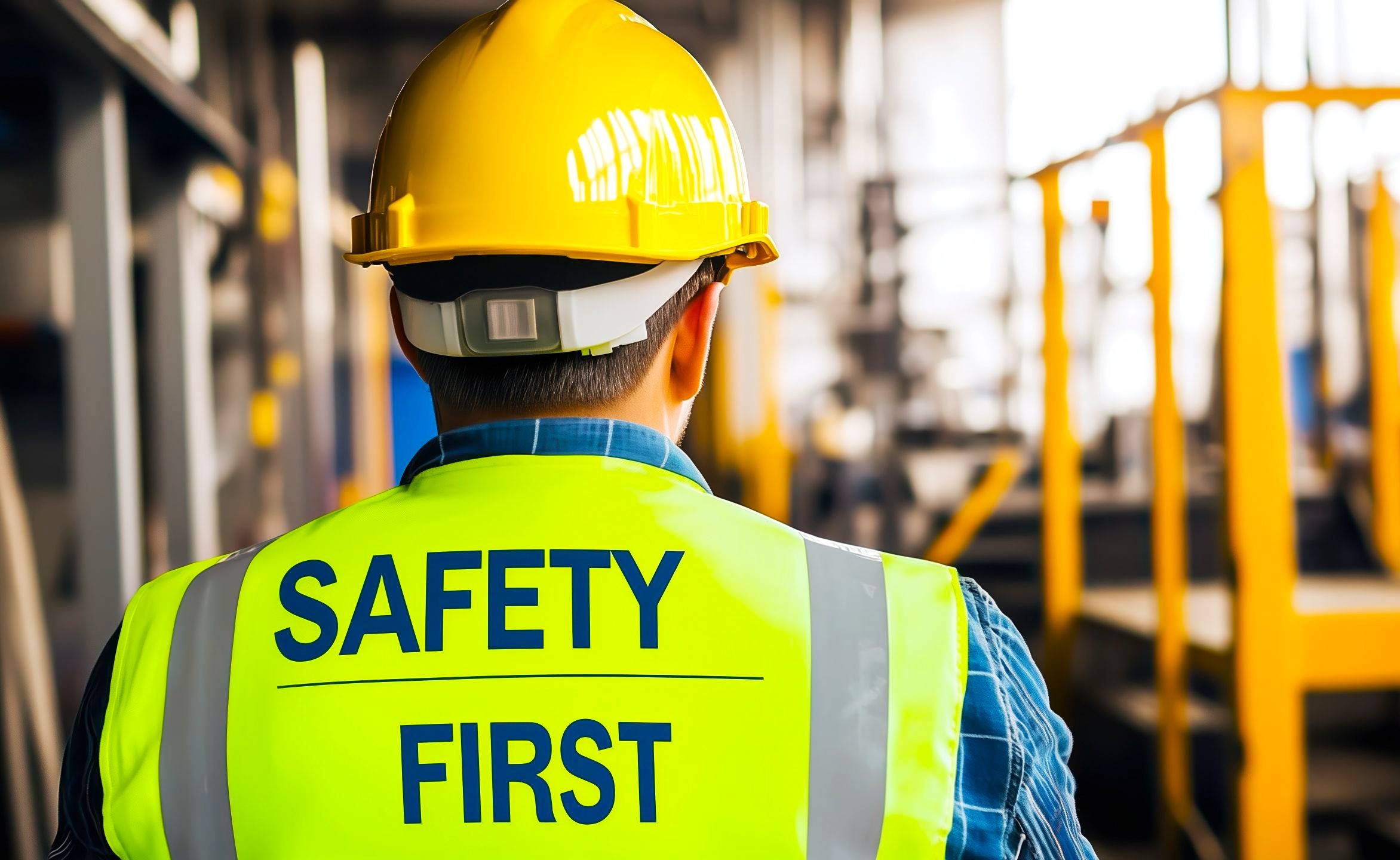
There’s a massive push for factories to adopt AI and machine learning to make their operations better. But even with automation systems, regulatory bodies insist that companies have human oversight in most of their workflows.
Unlike machines, people can make mistakes and get tired, which makes them more vulnerable to workplace injuries and fatalities. The momentary lapse in concentration or a misstep is a clear and present danger. Sometimes, being in the wrong place at the wrong time can get workers in serious trouble.
Industries have grappled with persistent safety challenges for years. Estimates by the International Labour Organization indicate that about three million workers die due to accidents and diseases annually. Of these, around 330,000 are attributed to workplace mishaps, ranging from slips, trips, and falls to electrical hazards. When these happen, the costs that families and businesses have to bear further exacerbate the loss of lives.
Safety Automation Tools Worth Investing In
The good news is that manufacturers can integrate human and machine safety technologies into their workflows, from within automated production lines to the supply chain.
Safety Light Curtains
Common in press machines and robotic arms, light curtains use infrared technology to sense a person’s presence. They prevent manufacturing injuries by activating safety functions after detecting smaller body parts, like fingers, hands, and elbows. Users can adjust settings like resolution types and detection ranges to keep a person away from harm.
Industrial Safety Sensors
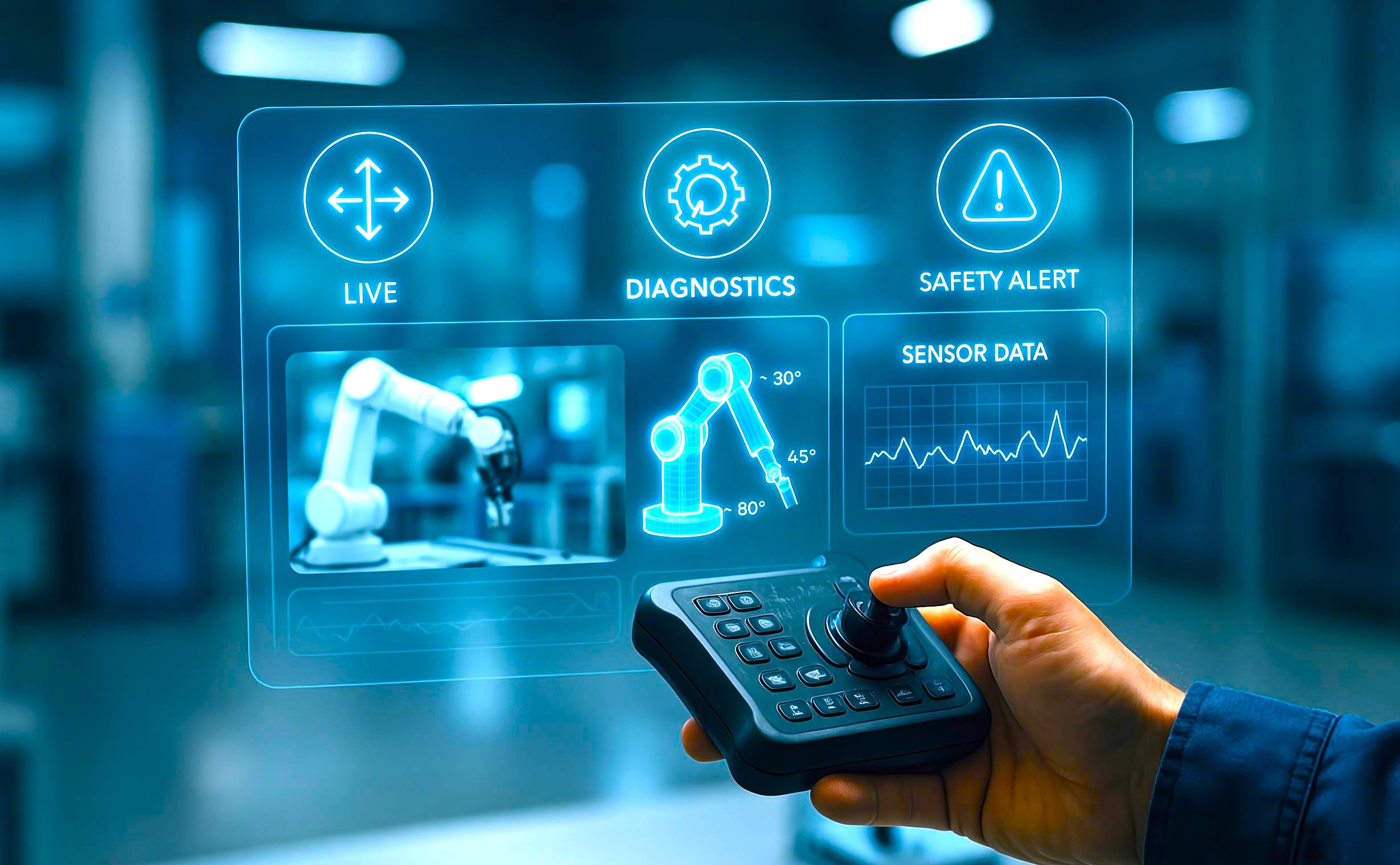
These tools can serve as your eyes and ears within the critical areas. Sensors can tell if someone’s too close, how fast something’s moving, or if the temperature is rising dangerously high. When the machine senses any of these triggers, it can bypass power switches and shut things down. Sensors work great in packaging plants and conveyor systems and have different detection systems that work even without physical contact.
Switches and Relays
Contact switches, including emergency stop buttons, are crucial in industrial automation safety. They ensure that hazardous operations can’t begin or continue if the environment doesn’t meet all safety standards or conditions. You’ll often see these on doors, gates, and machine panels.
Non-contact switches, including radio frequency identification (RFID) devices, ensure that a machine only starts up if an authorized person is there or if all the safety gates are properly closed.
Laser Scanners
These create invisible safety zones and work great for area monitoring, mobile robotics applications, and Automated Guided Vehicle (AGV). These machines can temporarily shut down operations if anyone or anything breaks through the invisible beam.
Safety Bumpers and Bumper Guards
Factory safety systems often employ these tools for preventing collisions and crushing injuries in human-robot shared environments. Bump edges are pressure-sensitive strips installed on the edges of moving parts. If they touch something or someone, they can signal the machine to stop or reverse to prevent injuries.
Safety PLCs (Programmable Logic Controllers)
These specialized devices control safety systems and prevent accidents in risky industrial settings. Safety PLCs have built-in redundancy and diagnostic features, and adhere to strict international standards like the IEC 61508 (for functional safety of electrical, electronic, and programmable electronic systems) and ISO 13849-1 (for safety components of control systems in machinery).
Businesses don’t have the same levels of safety-critical services and thus, demand different requirements. To find the best solutions, it’s best to tap industrial safety automation experts who offer a wide range of services and solutions.
Providers like Venus Automation and similar firms will perform a hazard analysis and risk assessment to properly design and develop a system that matches your needs. They can also conduct hazardous energy control, including developing lockout/tagout solutions that make maintenance work safer.
Machine + People for Enhanced Solutions
Developing and installing machine safety solutions is only one part of the puzzle. Enhancing and monitoring your systems, building a safety culture and frequently seeking safety validation are equally important. This holds whether your business is in the warehouse industry, food and beverage, or more sensitive niches like oil and gas, or energy production and distribution plants.
Involve your team members as they’re the heartbeat of your operations. Schedule training programs that discuss safety concepts and explain how automation components work. Those who contribute to safety system design and development should have enough resources to boost their knowledge.
More Than Avoiding Accidents
Industrial safety automation provides multiple business benefits that impact your operations and bottom line. By automating risky and repetitive jobs, you can keep people out of harm’s way and spot as well as minimize the risks of workplace injuries. This capability means fewer days lost to accidents and lower insurance costs. More importantly, it makes your team feel more secure so that they can do more things in a shorter time.
That being said, it’s a fundamental part of running a responsible operation. Use technology to build a safer environment and enhance your team’s well-being and productivity. It’s a smart move that doubles as an investment in your business’s long-term success.
